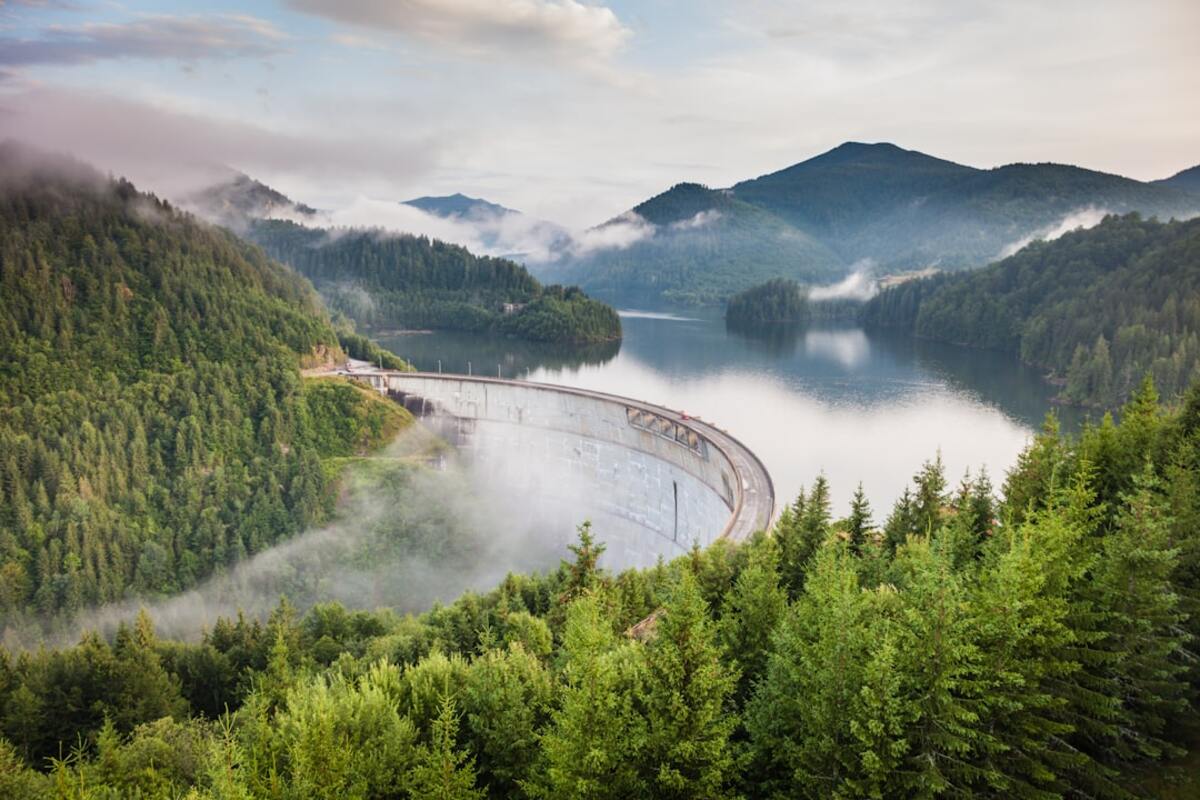The Subterranean Ecosystem of Movile Cave: A Window to Prehistoric Earth
Discover the alien-like ecosystem of Movile Cave, an isolated subterranean world that offers a glimpse into Earth's ancient past.

- Movile Cave hosts a unique ecosystem disconnected from the surface world for millions of years.
- The cave's atmosphere is high in carbon dioxide and low in oxygen, creating a harsh environment for specialized life forms.
- Scientific exploration of Movile Cave provides insights into evolutionary biology and extremophile resilience.
The Untouched Depths of Movile Cave
Deep beneath the rolling landscapes of southeastern Romania lies Movile Cave, a subterranean marvel that has intrigued scientists and explorers alike. Discovered by chance during a power plant survey in 1986, this cave harbors a self-sustaining ecosystem unlike any other on Earth. The cave’s entrance is sealed, isolating its interior from the outside world for an estimated 5.5 million years. This isolation has allowed a community of unique life forms to thrive in conditions reminiscent of primitive Earth.
The atmosphere inside Movile Cave is composed of high levels of carbon dioxide and hydrogen sulfide, with oxygen concentrations just a fraction of what we breathe above ground. Such an environment is inhospitable to most terrestrial life, yet the cave is home to over 48 identified species, many of which are endemic and have never been observed elsewhere. These organisms include small crustaceans, worms, and spiders that rely on chemosynthesis rather than photosynthesis, a process rare on our planet but common in the deep sea.
The Chemosynthetic Cycle
At the heart of Movile Cave's ecosystem is a unique chemosynthetic cycle. Unlike surface environments that depend on sunlight for energy, Movile Cave relies on bacteria that derive energy from the chemical reactions between hydrogen sulfide and oxygen. These bacteria form a base for the cave’s food web, providing sustenance for a variety of species that have adapted to life in darkness.
The cave’s unique conditions simulate the kind of environments thought to exist on other celestial bodies, such as Mars or Europa, one of Jupiter’s moons. Studying this ecosystem helps scientists understand how life might evolve in extreme and isolated conditions, offering a window into the possibilities of extraterrestrial life.
| Parameter | Outside Environment | Movile Cave |
|---|---|---|
| Oxygen Levels | 20.9% | 7-10% |
| Carbon Dioxide Levels | 0.04% | 2-3.5% |
| Light Availability | Ample | None |
Implications for Evolutionary Biology
Beyond the fascinating biological processes, Movile Cave also serves as a natural laboratory for evolutionary biology. The isolated environment of the cave has led to rapid adaptation and specialization among its inhabitants. For instance, many of the cave’s species lack pigmentation and have reduced or completely lost their eyesight, traits that are unnecessary in their perpetually dark habitat.
These adaptations underscore the power of natural selection in shaping organisms to suit their environments. The study of these extremophiles not only enriches our understanding of life’s potential to adapt and thrive in adverse conditions but also provides clues about the history of life on Earth.
Movile Cave continues to be a source of discovery and inspiration, challenging our understanding of life's possibilities. As researchers delve deeper into its secrets, they unravel the threads of a story millions of years in the making, offering a glimpse into the primordial world that once was.
